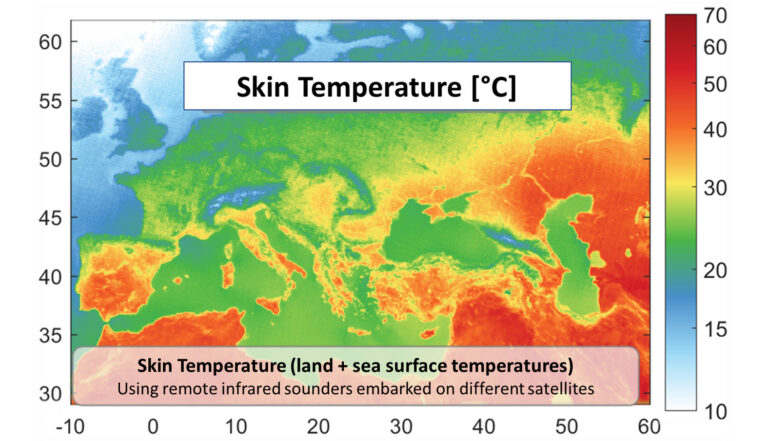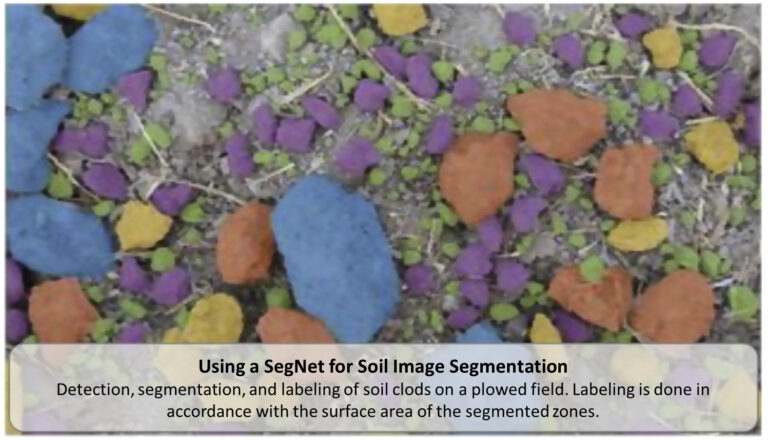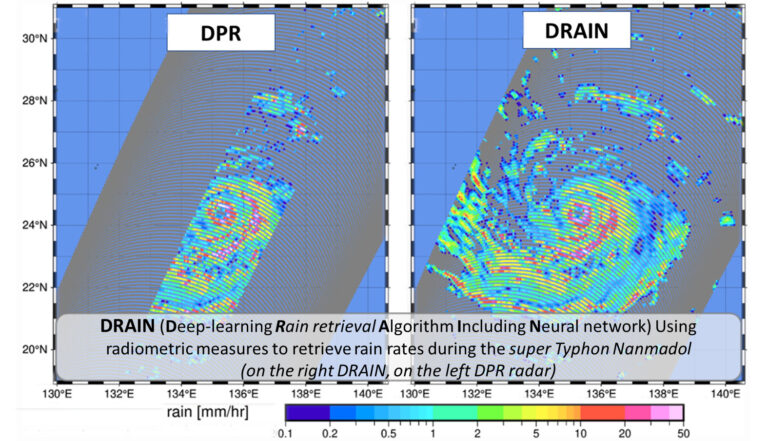

The transverse physico-chemical analysis axis at LATMOS is involved in research in the fields of astronomy – astrophysics (AA) and ocean – atmosphere (OA), focusing on the study and physico-chemical characterization of atmospheres and terrestrial and planetary surfaces. The various analytical techniques and instruments developed and used at LATMOS enable fine characterization of the chemical composition of gaseous and particulate phases in different types of environments (urban environments, extreme environments, polar regions, planetary atmospheres and surfaces, exoplanets, etc.).
Gas chromatography, with or without mass spectrometry, is a major area of expertise at LATMOS. It is based on the use of commercial and custom-developed instruments to study terrestrial and planetary environments.
Commercial instruments enable laboratory analysis of target compounds sought in planetary environments, such as organic molecules of interest for prebiotic chemistry (e.g. amino acids) and biosignatures (e.g. proteins) potentially linked to the presence of past or present life on planetary bodies targeted by space missions. They also enable the analysis of analogous (1) synthetic (e.g. tholins, synthetic mixtures of organic matter and minerals) and (2) natural solid samples collected in terrestrial environments similar to planetary environments, or from sample return missions. Analytical methods are regularly optimized in the laboratory for a detailed study of the chemical composition of samples, but can also be tailored to reproduce the analytical conditions of on-board instruments in order to highlight any associated analytical biases.
Plasma and photochemical reactors are also used to study the reactivity of high planetary atmospheres (APSIS and PAMPRE reactors). The conditions of different extraterrestrial environments are simulated in these reactors, and the aerosols formed (e.g. Tholins) are then characterized using physical (SMPS, Scanning Mobility Particle Sizer) and chemical (GC-MS analysis with different extraction and sample preparation techniques) techniques.
The chromatographic analyzers developed at LATMOS (MAVERIC and GC-MEMS) can be deployed with the SMPS in in situ analysis campaigns in urban environments or on the QUALAIR platform. In particular, they can be used to study the chemical and dynamic variability of the atmosphere, using the complementary nature of in situ physico-chemical measurements and remote sensing observations (H2C, PANAME, ACROSS, AMICA…). They can also be optimized and used for studies in polar regions, or for the (pre)characterization of samples taken in extreme environments during field campaigns.

The Transverse Instrumental Synergy Axis brings together both technical and scientific staff to develop a common strategy for exploiting the complementarity of telemetry and remote sensing instruments for Earth and Solar System observation.
Each instrument has its own advantages and limitations in terms of spatial, temporal, spectral and radiometric resolution or accuracy, but through simultaneous use, the quality, accuracy and range of an entire observation scene will be enhanced by combining the unique strengths and performances of each type of instrument.
This instrumental synergy strategy will focus on several objectives, including the development of common observation platforms (deployed on the ground, in the air on balloons, drones and aircraft, or placed in orbit), the coordination of choices of technical innovations to be explored, the development of data fusion algorithms and the implementation of cross-validation methods.

Measurements with the BALi radar-lidar instrument at Les Éplatures (Switzerland, ICE-GENESIS), 2021 : Radar reflectivity and lidar backscatter are combined
Lidar is highly sensitive to particle concentration, while radar is highly sensitive to particle size, making it possible to deduce:
Particle type (aerosol, cloud including droplet phase, precipitation)
Radiative and microphysical properties (aerosol and cloud optical thickness, water content and droplet size)

Machine learning and neural networks have been associated with various specialties in physics since their inception. They are present in many fields of environmental sciences, ranging from remote sensing to modeling.
From the 2000s onwards, deep learning has gradually gained prominence, particularly thanks to GPU (Graphics Processing Unit) training of various deep architectures, whether based on convolutional, recurrent, or other types of layers. This family of algorithms has been particularly useful for processing data from numerous sensors (satellite, terrestrial, or other). This has notably allowed for the full consideration of spatial and temporal dependencies, which are not always easy to formalize.
With the advent of PINNs (Physics-Informed Neural Networks) and large-scale neural weather prediction models, these various tools are becoming one of the essential tools in physics. This association of learning with partial differential equations is already the subject of advances for the treatment of complex systems.
Machine learning and AI have been present at LATMOS since its creation in 2009. Expertise have been developed here, particularly in problems applied to geophysical fields. More specifically, in the field of remote sensing, various neural network architectures are used to successfully predict surface temperatures or precipitation.
The goal of this group is to facilitate exchanges and unite efforts around current and future AI algorithms, particularly for their application to the various research themes of the laboratory. Through its privileged links with the ESPRI-IA and SAMA-IA working groups, this group also aims to connect with IPSL and its computing resources, specifically GPUs.





Modeling and numerical codes can be used to describe the physical evolution of a phenomenon. The principle is to replace a complex system with a model, i.e. a mathematical object or operator that can be transcribed into an executable digital program. A model is thus a set of logical rules that represent hypotheses and enable the behavior of the phenomenon under study to be reproduced. These models and numerical codes can be used to predict the final state of a system, or to understand its initial and intermediate parameters.
At LATMOS, numerical models and codes are developed in support of space or airborne missions. LATMOS is involved in over 40 scientific missions and programs to observe the Earth, planets and other bodies in the solar system. Modeling and numerical codes are used upstream of the project (instrument modeling, observation preparation, optimization of operating modes) and during the operational phase (comparisons with measurements, restitution of satellite observations in a three-dimensional context, etc.).
On the other hand, some numerical models are also developed in the laboratory to study specific scientific phenomena, such as terrestrial and planetary climates at different scales, pollutants in the atmosphere, rainfall, atmospheric chemistry, aerosols, etc. Some studies are carried out as part of international model intercomparison programs such as CMIP (used by the IPCC) or CCMI.
The numerical codes developed at LATMOS are mainly based on :
* On physical and chemical formalism:
* Atmospheric physics and chemistry
* Interactions between electromagnetic waves and the natural environment
* Numerical simulation of physical processes in solar system plasmas
* Etc.
On input data:
* In situ analyses
* Terrestrial and planetary observations
* Laboratory data
At present, some 10 active numerical models and codes are listed, spread across the two scientific departments, and based on a panel of some twenty different scientific themes.